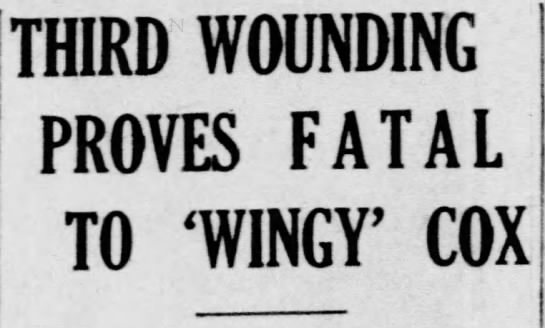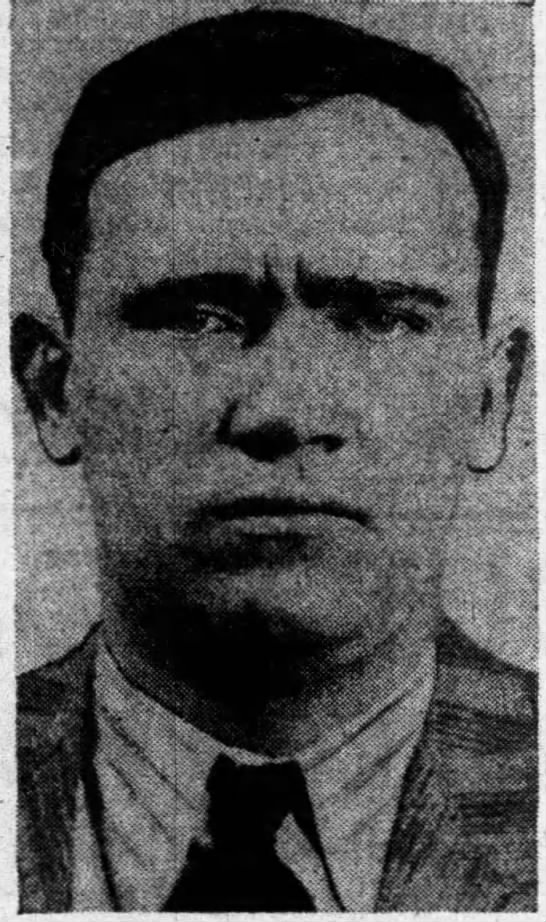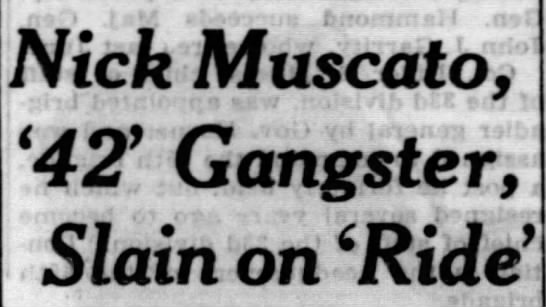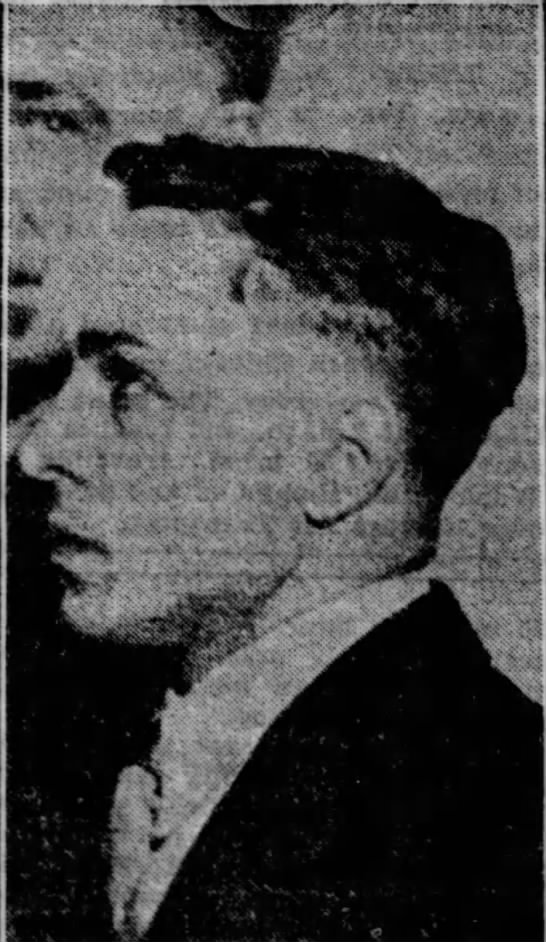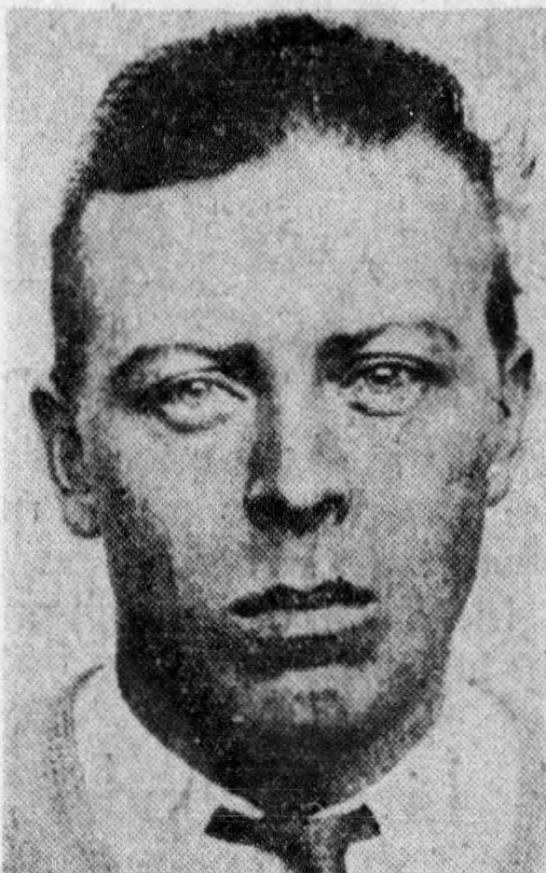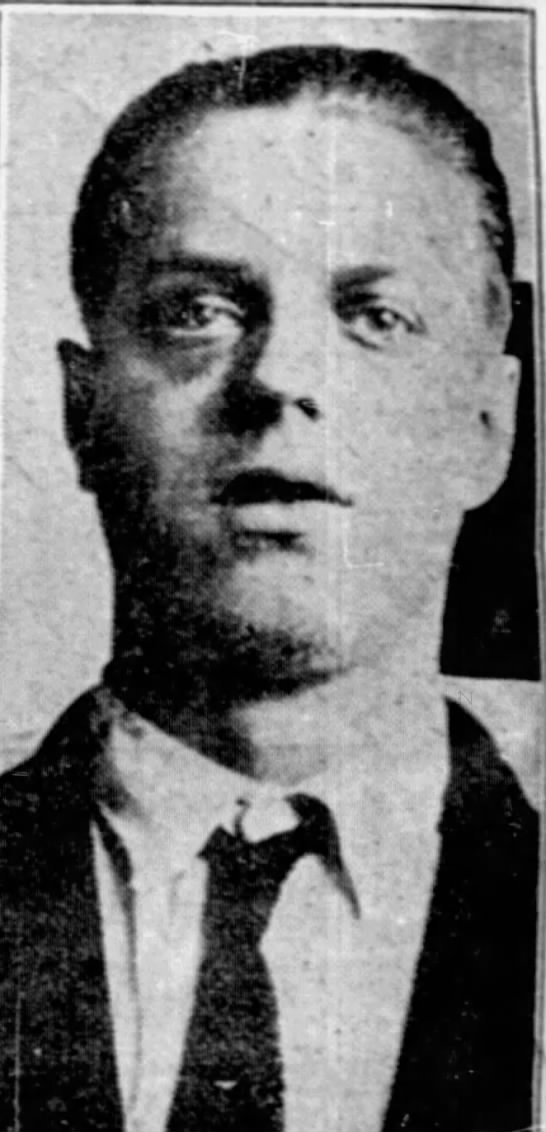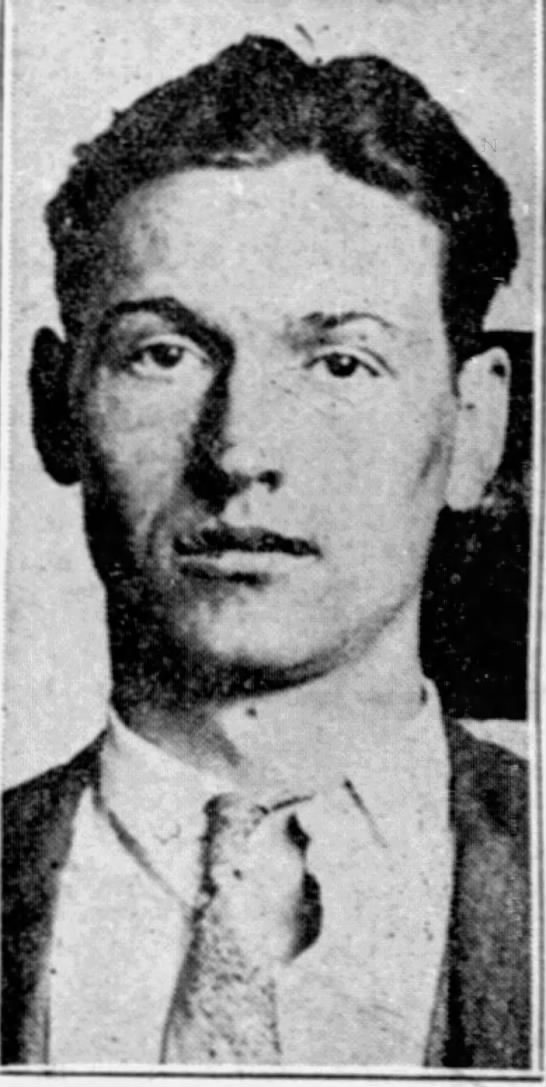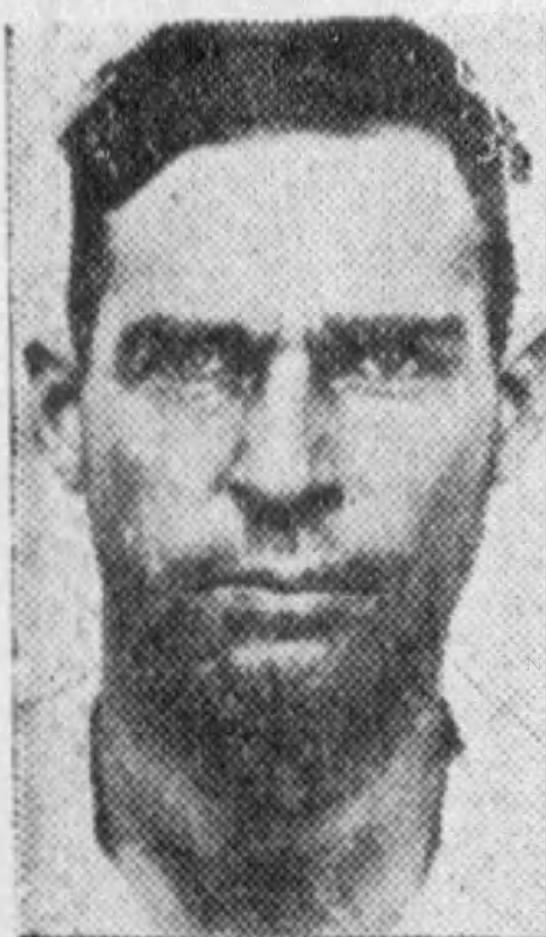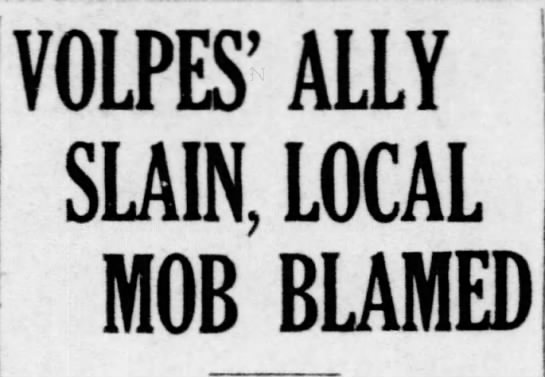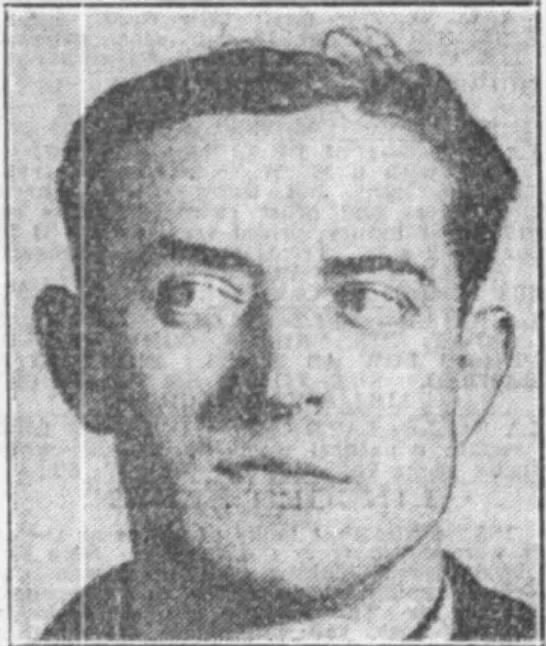It was Amberg's hope that the sack containing Kasner would wash out to sea and his disappearance would be but a mystery. Unfortunately for the gangster, it popped up near shore and what was left of Kasner was fished out. Soon the names of Kasner's killers traveled the underworld grapevine. This proved problematic for Amberg because Kasner was an associate of both Albert Anastasia and Louis Capone, the director and assistant director of Murder Inc.
A Syndicate hearing was called to decide what to do about the Amberg affair. Anastasia and Capone argued that Amberg and his murdering cohorts should themselves be removed for taking Syndicate law into their own hands. Amberg had friends in high places though, namely Joe Adonis and Bugsy Siegel who argued that Amberg should get a pass.
In the end, Adonis and Siegel were overruled and a contract was put out on Amberg. Chosen for the job was Murder Inc. hitman Harry "Happy" Maione, Mafia guy Phil Mangano, and another guy known as "Red" Pulvino. The location chosen for the hit was the Brownsville garage where Amberg parked his car.
On September 30, 1935 Amberg's chauffeur Morris Kessler pulled into the garage with his boss. As the two men stepped out of the car the hit squad approached the men and told them to face the wall. Assuming that they were the victims of a robbery, the men complied. Amberg however, turned and noticed Maione and said, "It's-" before he could get more out the men were cut down by shotgun blasts. Once they were on the ground, one of the men ran up and fired a bullet into each man's head. Murder Inc. justice had been served.
























